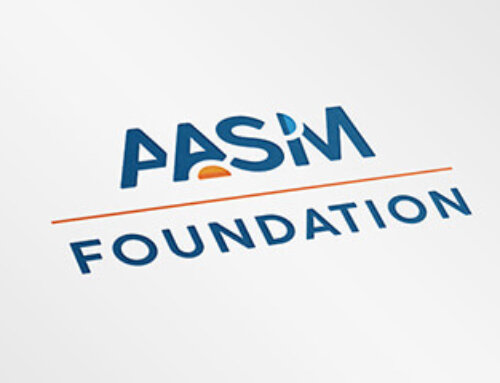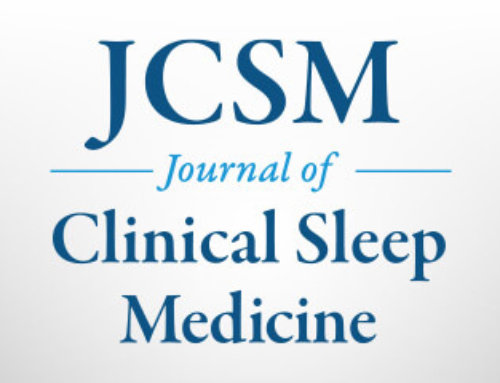WESTCHESTER, Ill. — Practice parameters published in the November 1 issue of the journal SLEEP are a guide to the appropriate assessment and treatment of circadian rhythm sleep disorders (CRSDs). The standards will have a positive impact on professional behavior, patient outcomes and possibly health care costs.
The American Academy of Sleep Medicine (AASM) Standards of Practice Committee, which developed the practice parameters, commissioned content experts in CRSDs to review and grade evidence in the peer-reviewed scientific literature regarding the assessment and treatment of CRSDs.
The following are highlights of recommendations for the evaluation and therapy of CRSDs:
Standards (generally accepted patient-care strategies that reflects a high degree of clinical certainty):
- Polysomnography rules out another primary sleep disorder in patients with symptoms suggestive of both a CRSD and another primary sleep disorder, but not for the diagnosis of CRSDs.
- Planned napping before or during the night shift, as well as timed light exposure in the work environment and light restriction in the morning, all improve alertness and performance among night shift workers.
- Melatonin administered at the appropriate time reduces symptoms of jet lag and improves sleep following travel across multiple time zones.
Guidelines (patient-care strategies that reflects a moderate degree of clinical certainty):
- The use of a sleep log or diary assesses patients with a suspected CRSD.
- Actigraphy assists in the evaluation of patients suspected of CRSDs. In addition, actigraphy is useful as an outcome measure in evaluating the response to treatment for CRSDs.
- Melatonin promotes daytime sleep among night shift workers. Modafinil enhances alertness during the night shift for a shift work sleep disorder.
- Morning light exposure is indicated in the treatment of a delayed sleep phase disorder.
Options (patient-care strategies that which reflect uncertain clinical use):
- For a shift work sleep disorder, caffeine improves one’s alertness during the night shift.
- When time at destination is expected to be brief, keeping home-based sleep hours, rather than adopting destination sleep hours, may reduce sleepiness and jet lag symptoms. In addition, the combination of morning exposure to bright light and shifting the sleep schedule one hour earlier each day for three days prior to eastward travel may lessen symptoms of jet lag.
- Prescribed sleep/wake scheduling, timed light exposure, or timed melatonin administration serve as treatments for patients with advanced sleep phase disorder.
- Chronotherapy may be useful for a delayed sleep phase disorder, as well as properly timed melatonin administration.
- Sleep logs are useful for assessment in patients with a free-running circadian rhythm sleep disorder (FRD).
- Circadian phase markers are useful to determine circadian phase and confirm the diagnosis of FRDin sighted and unsighted patients. In addition, prescribed sleep/wake scheduling as a method to improve circadian rhythms may be useful for therapy of FRDin sighted individuals. Further, circadian phase shifting by timed light exposure or timed melatonin administration may be used to treat FRDin sighted and blind individuals.
- Daytime light exposure may improve circadian rest-activity rhythms and consolidation of sleep and wake in nursing home residents with dementia and irregular sleep-wake rhythm disorder.
“The expanding science of circadian rhythm biology and a growing literature in human clinical research on CRSDs prompted the AASM to convene a task force of experts to write a review of this important topic,” said Timothy I. Morgenthaler, MD, of the Mayo Clinic in Rochester , Minn. , one of the committee members. “These practice parameters reflect the state of knowledge at the time of development and will be reviewed, updated and revised as new information becomes available.”
Those who believe they have a sleep disorder should be aware that many treatment options are available. The AASM accredits full-service sleep centers and sleep-related breathing disorder laboratories that offer diagnosis, treatment, management and long-term care solutions. To locate an AASM-accredited sleep facility, please visit www.SleepCenters.org.
SLEEP is the official journal of the Associated Professional Sleep Societies, LLC, a joint venture of the AASM and the Sleep Research Society.
More information about treatments for sleep disorders is available from the AASM at https://www.SleepEducation.com/Treatments.aspx.
SleepEducation.com, a Web site created by the AASM, provides information about various sleep disorders, the forms of treatment available, recent news on the topic of sleep, sleep studies that have been conducted and a listing of sleep facilities.
For a copy of this article, entitled, “Practice Parameters for the Clinical Evaluation and Treatment of Circadian Rhythm Sleep Disorders,” or to arrange an interview with an AASM spokesperson regarding this study, please contact Jim Arcuri, public relations coordinator, at (708) 492-0930, ext. 9317, or jarcuri@aasm.org.
# # #




